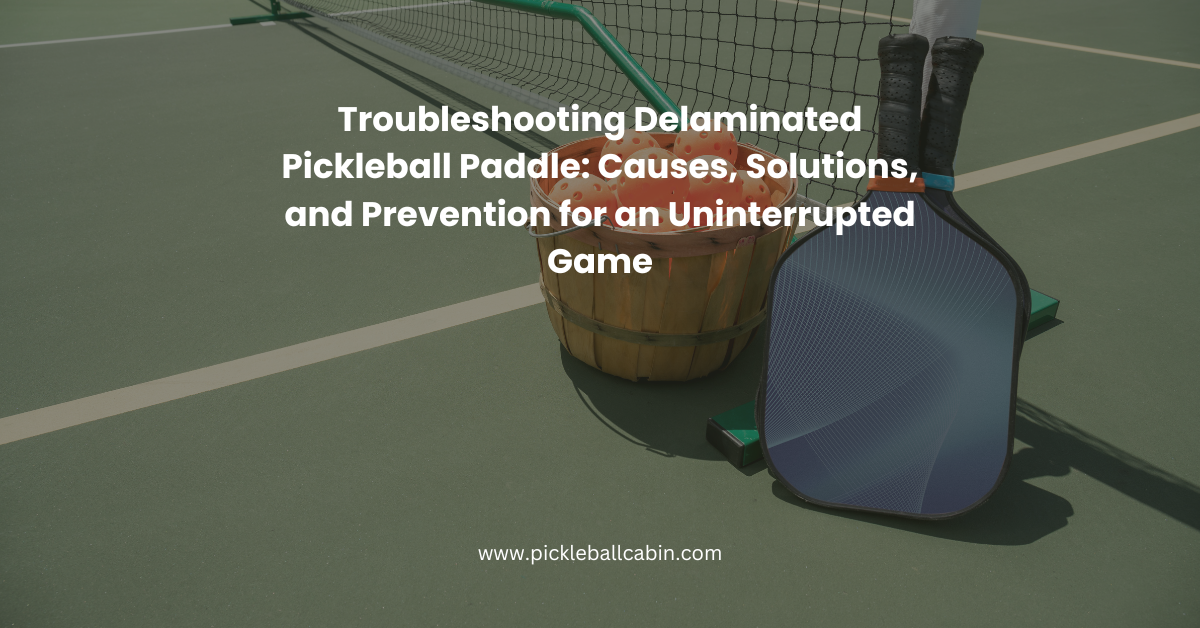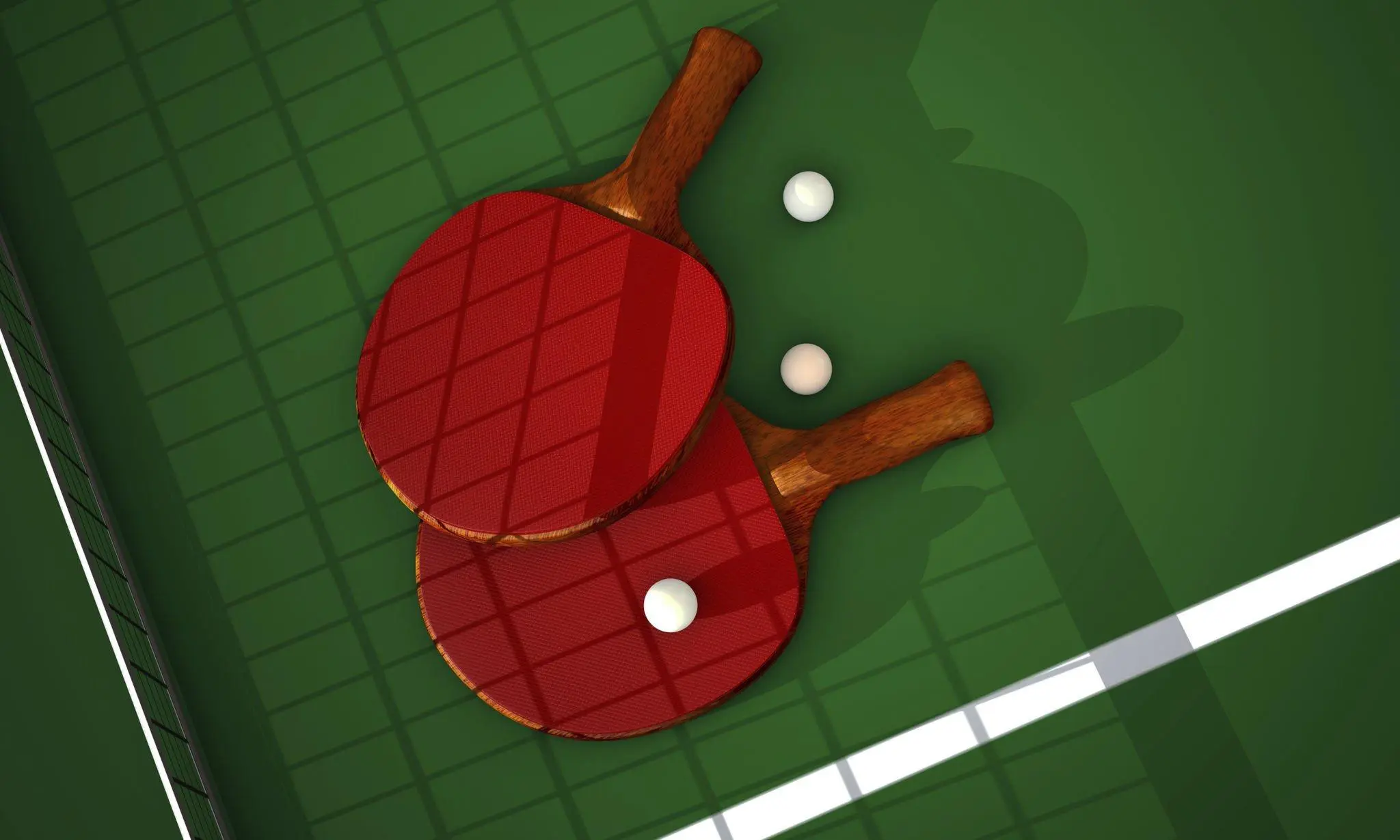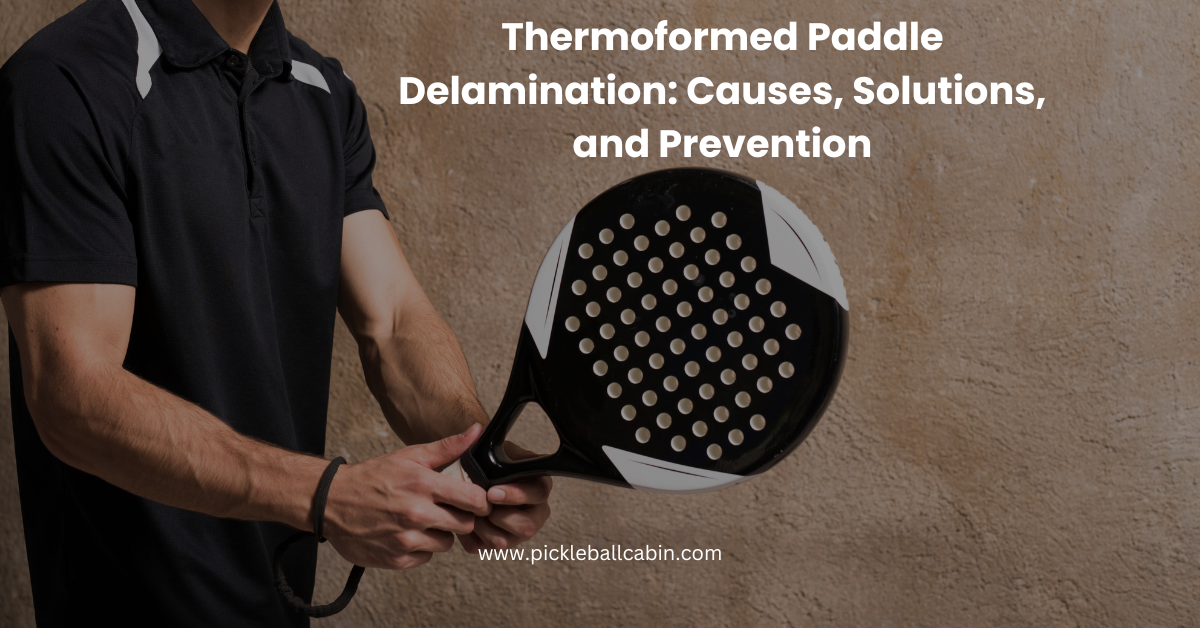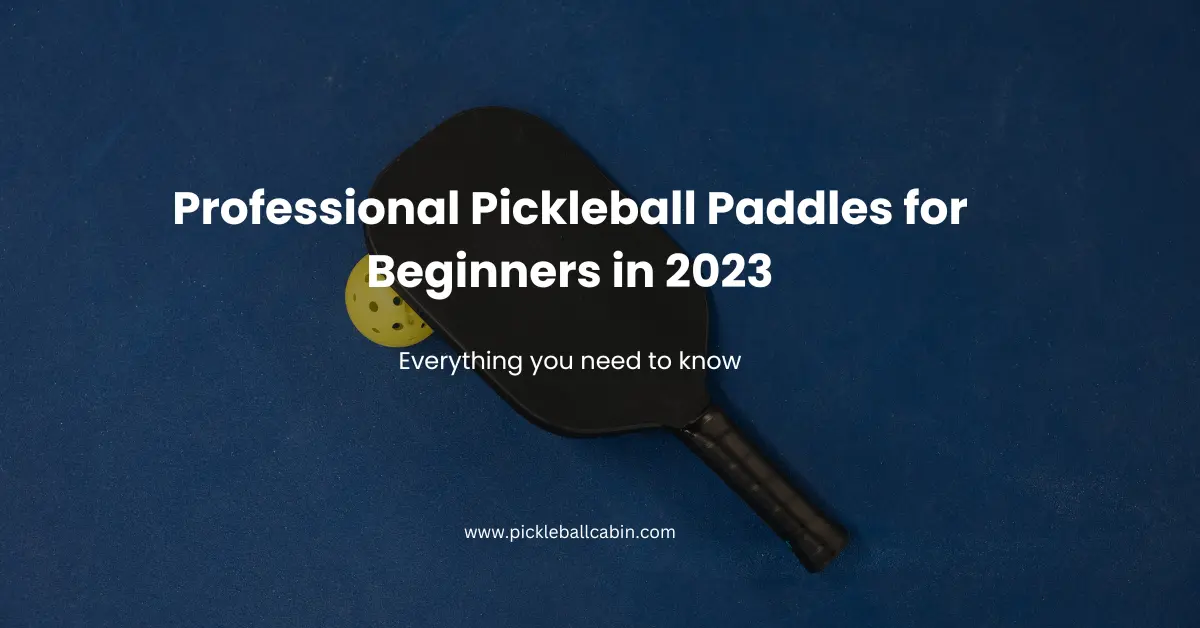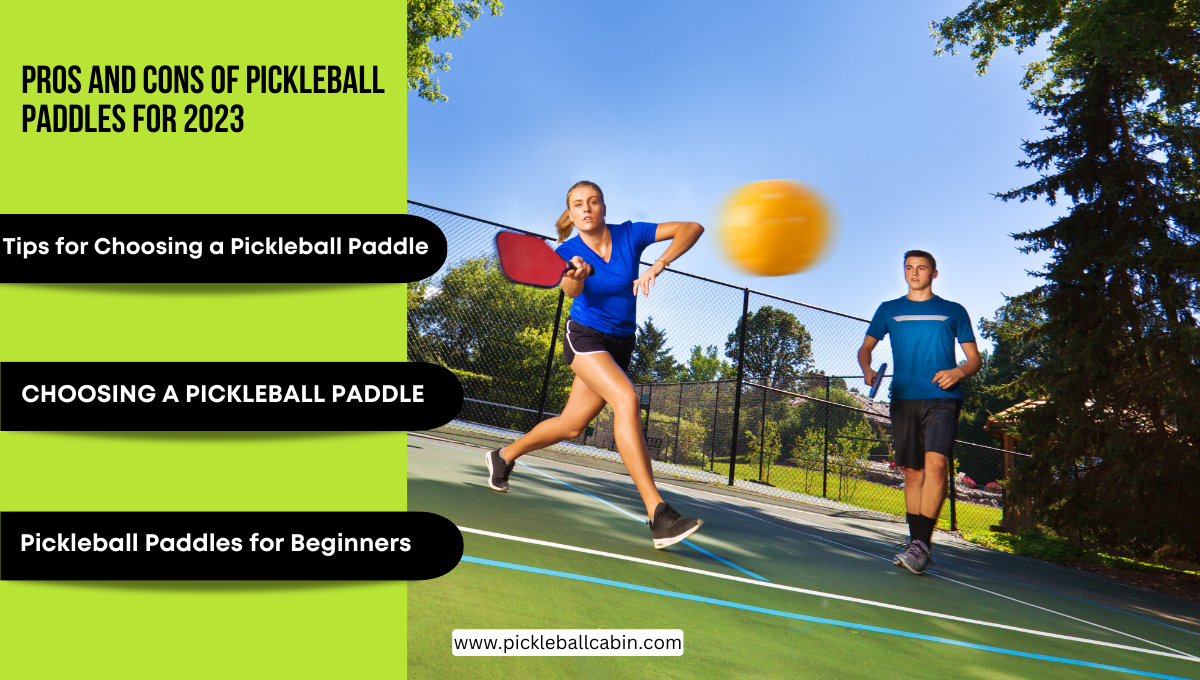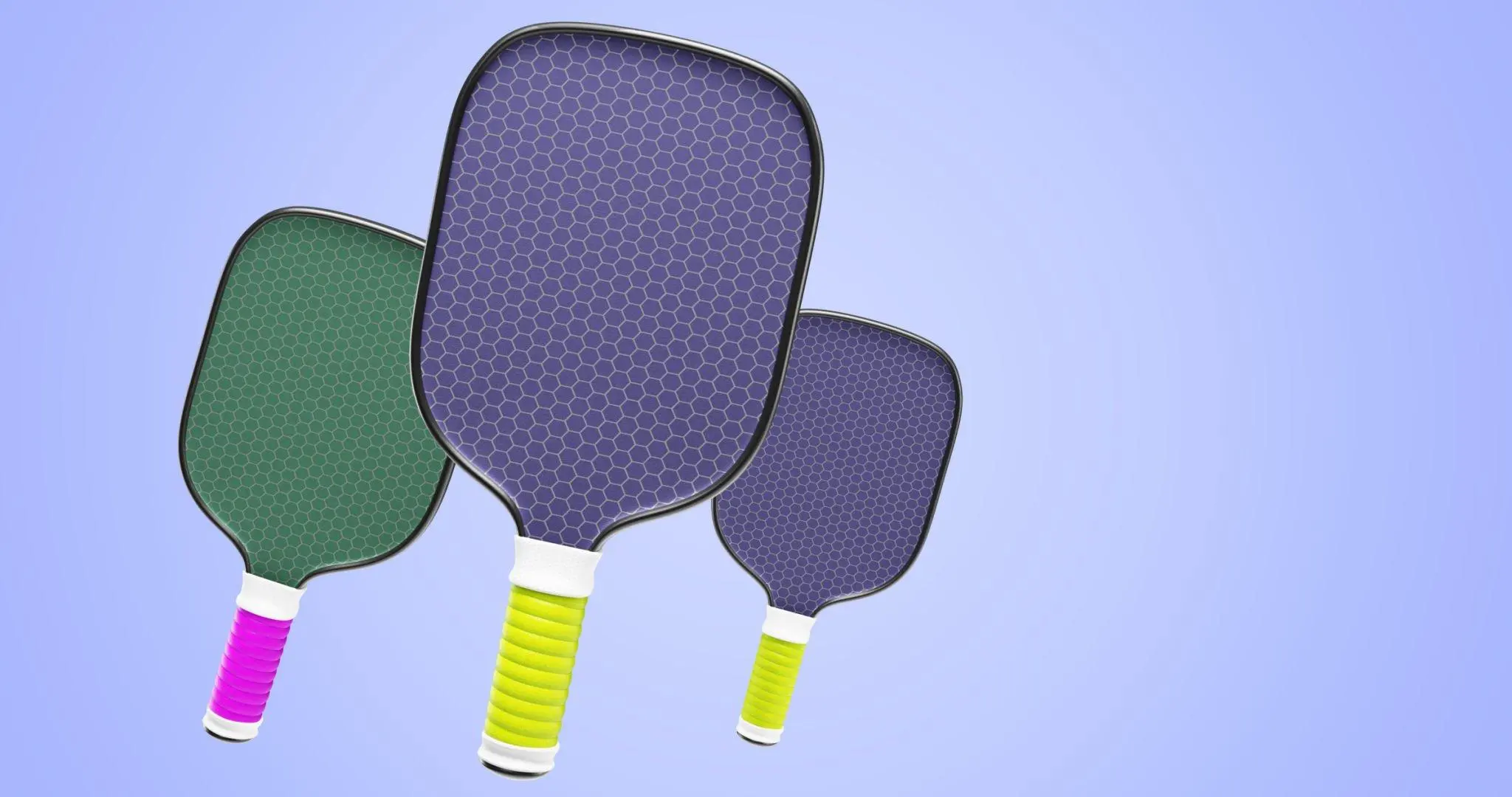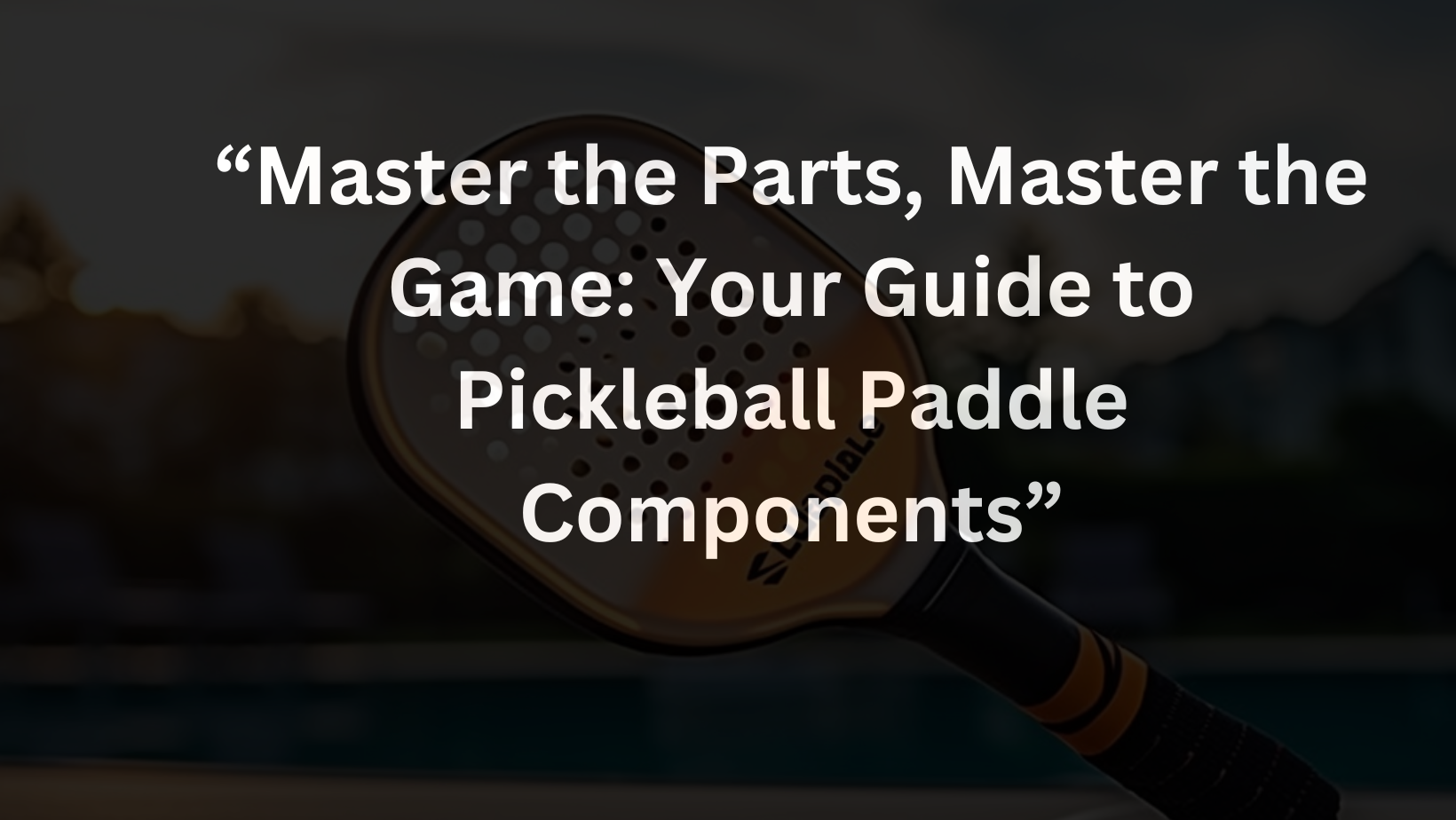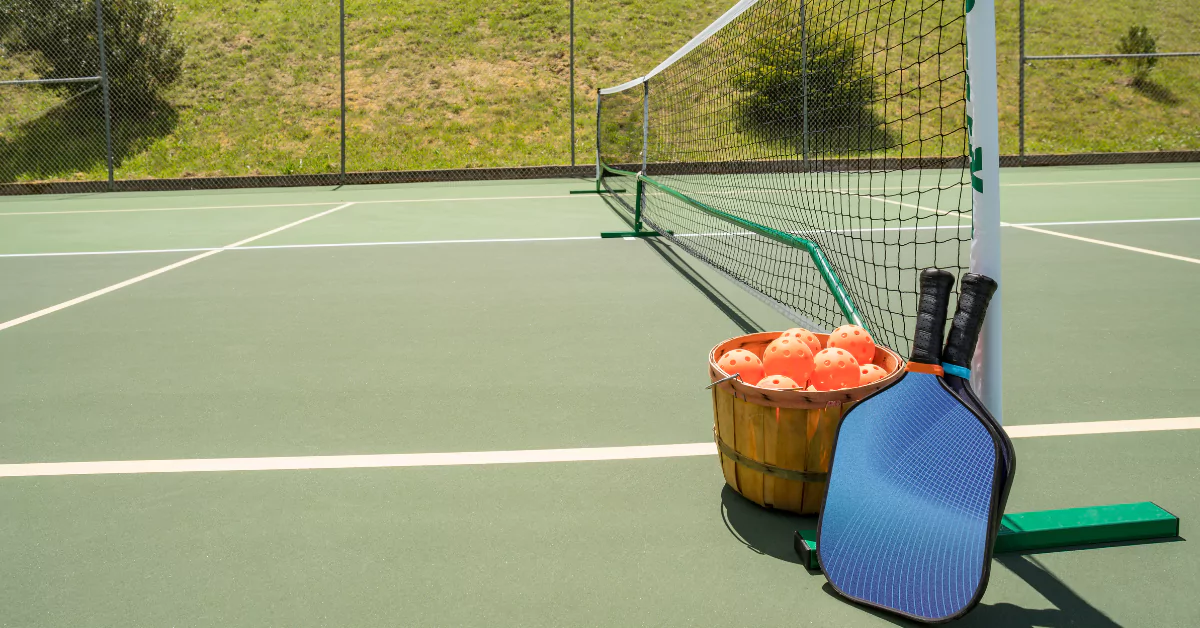Are you tired of dealing with a delaminated pickleball paddle? Want to know why it happens and how to stop it? You’ve come to the right place. As someone who likes to play pickleball, I know how frustrating it is when a paddle breaks in the middle of a game.
A delaminated pickleball paddle refers to a paddle that has experienced a specific type of damage where the layers or plies of material that make up the paddle separate or detach from each other.
This delamination process can occur due to various reasons, including manufacturing defects, improper use or care, or natural wear and tear over time. In this article, we will explore the concept of a delaminated pickleball paddle in detail, discussing its causes, signs, and potential solutions.
Key Points on Delaminated Pickleball Paddles
| Topic | Details |
| What is Delamination? | Separation of composite paddle layers Bubbling, peeling, dead spots |
| Causes | Moisture damage from sweat or humidity Impact stress over time Manufacturing flaws |
| Signs | Visible bubbling or peeling Changes in feel, playability Uneven response |
| Prevention | Proper storage away from heat/moisture Paddle bags and covers Avoid extreme temps |
| Fixes | DIY regluing techniques Professional resurfacing services Replacement if too damaged |
| Choosing Paddles | Fiberglass paddle faces Reputable durability brands High construction quality |
| Warranties | May cover delamination issues Work with manufacturer Extend coverage if possible |
Understanding the Composition of a Pickleball Paddle
Before delving into the delamination of a pickleball paddle, it’s essential to comprehend its composition. Pickleball paddles are typically made from a combination of materials such as wood, composite, or graphite. These materials are layered together to form the paddle’s core, with additional layers added to enhance strength, durability, and performance. The outer surface of the paddle, also known as the face, is commonly made of a textured material that provides the desired hitting surface.
When it comes to the core construction, manufacturers use different techniques and materials to achieve specific characteristics. Some paddles have a solid core, which means the layers are tightly bonded together without any air pockets. This type of construction offers excellent control and a consistent feel. On the other hand, some paddles feature a honeycomb or polymer core, which creates a lighter paddle with enhanced power and responsiveness.
The face material of a pickleball paddle is equally important. It not only affects the overall performance but also determines the durability and lifespan of the paddle. Common face materials include fiberglass, carbon fiber, and composite blends. Each material has its own unique properties, such as increased spin, added power, or improved control. Manufacturers often combine different face materials to achieve a balance of these characteristics.
Common Causes of Pickleball Paddle Delamination and Prevention Tips
Several factors can contribute to the delamination of a pickleball paddle. Let’s examine some of the most common causes:
- Manufacturing Defects: Sometimes, delamination may occur due to flaws in the manufacturing process. It could be a result of inadequate bonding between the plies of the paddle or the use of subpar adhesives. These defects weaken the paddle’s structure, making it more prone to delamination.
- Improper Use or Misuse: Incorrect usage and mishandling of pickleball paddles can also lead to delamination. Regularly hitting hard shots against hard objects, such as concrete surfaces, can cause excessive stress on the paddle, resulting in delamination. Similarly, using the paddle in extremely cold or hot temperatures outside of its recommended range can also hasten delamination.
To avoid delamination caused by improper use, it’s essential to follow the manufacturer’s guidelines. These guidelines often include recommendations for the type of balls to use, the suitable playing surface, and the recommended temperature range. It’s important to avoid using the paddle for anything other than pickleball and to refrain from forcefully hitting it against hard surfaces.
- Age and Wear: Over time, pickleball paddles naturally experience wear and tear. Continuous use, especially by avid players, gradually weakens the bonds between the layers of the paddle, making it susceptible to delamination.
Regular inspection and maintenance can help identify early signs of wear and tear, allowing for timely repairs or replacements. It’s advisable to periodically check the surface, grip, and edges of the paddle for any visual abnormalities. Additionally, pay attention to changes in performance during play, such as reduced power or control, as these can be indications of delamination.
How to Detect Delamination in Your Pickleball Paddle?
Identifying whether your pickleball paddle has delaminated is crucial to determine if it needs repair or replacement. Here are some common signs to look out for:
- Visible Separation: One of the most apparent signs of delamination is the presence of visible separation between the layers of the paddle. You may notice bubbles or lifted areas on the surface of the paddle, indicating that the layers are no longer bonded together.
When inspecting your paddle, run your fingers along the surface to feel for any irregularities. If you notice any raised areas or a bubbling effect, it’s likely that the layers have delaminated. These separated layers can significantly impact the paddle’s performance and should be addressed promptly.
- Change in Performance: A delaminated paddle often exhibits a decline in performance. This can include reduced power, loss of control, or an altered feel during play. If you notice a significant change in how the paddle performs, delamination could be the underlying cause.
Pay attention to any changes in power, accuracy, or overall feel during your gameplay. If you’re experiencing a noticeable decrease in performance, it’s worth inspecting the paddle for delamination or other damage.
- Strange Sounds or Vibrations: Delaminated paddles may produce unusual sounds or vibrations upon contact with the ball. These disturbances can be a result of the layers shifting or rubbing against each other, indicating delamination.
Listen carefully for any unexpected noises when hitting the ball with your paddle. Additionally, pay attention to any vibrations or unusual feedback through your hand. These auditory and tactile cues can help detect delamination issues that may not be immediately visible.
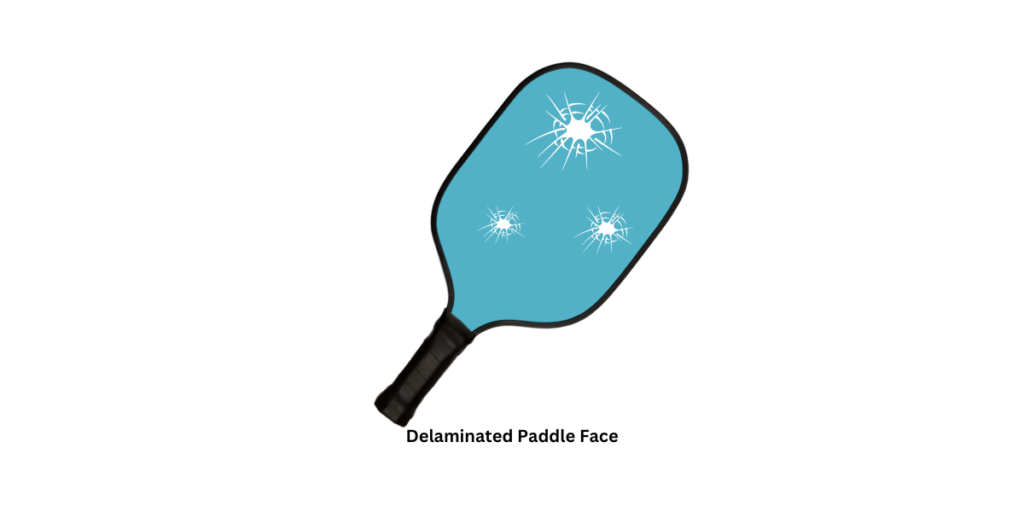
Solutions and Recommendations for Your Delaminated Pickleball Paddle
Once you have identified delamination in your pickleball paddle, there are a few potential solutions you can consider:
- Seek Manufacturer’s Warranty: If your paddle is relatively new or still under warranty, reach out to the manufacturer. They may offer repair or replacement options, especially if the delamination is due to manufacturing defects.
Before contacting the manufacturer, gather any relevant information, such as the paddle’s purchase date and proof of purchase. Explain the issue and provide any necessary documentation to support your claim. If the manufacturer determines that the delamination is covered under warranty, they may offer a repair service or provide a replacement paddle.
- Repair Services: Some professional pickleball retailers or repair centers offer paddle repair services. They can assess the damage and provide repair solutions, such as re-bonding the layers using specialized adhesives. However, keep in mind that not all paddles can be effectively repaired, and the cost of repair may not always be economical compared to purchasing a new paddle.
If you choose to pursue a repair service, ensure that you select a reputable and experienced provider. They should have the necessary expertise and equipment to handle paddle repairs. It’s also important to consider the cost-effectiveness of the repair compared to the purchase of a new paddle, especially if the delamination is extensive or if the paddle is nearing the end of its lifespan.
- Purchase a New Paddle: In cases where the delamination is severe or irreparable, it may be more practical to invest in a new pickleball paddle. Evaluate your options based on your playing style, preferences, and budget to ensure you select a suitable replacement.
When selecting a new paddle, consider factors such as weight, grip size, and paddle shape to find one that suits your playing style. Additionally, review the paddle’s construction and materials to ensure durability and performance. It’s advisable to try out different paddles before making a final decision, as each paddle may offer a slightly different feel and playing experience.
Preventing Pickleball Paddle Delamination: Top Tips
Prevention is always better than cure, and taking proactive measures can help extend the lifespan of your pickleball paddle and minimize the risk of delamination. Consider the following tips:
- Proper Storage: Store your paddle in a cool and dry environment, away from extreme temperatures or prolonged exposure to sunlight. Avoid leaving it in a car trunk or other areas where it might be subjected to excessive heat or cold.
Extreme temperature fluctuations can weaken the bonds between the layers of the paddle, increasing the risk of delamination. By storing your paddle in a controlled environment, you can protect it from unnecessary stress and prolong its lifespan.
- Avoid Misuse: Use your paddle strictly for pickleball, and avoid using it as a generic object for hitting or striking other things. Additionally, refrain from forcefully hitting the paddle against hard surfaces.
Using the paddle for unintended purposes or striking it against hard surfaces can cause immediate damage or weaken the paddle over time. Treat your paddle with care and avoid any activities that may put excessive stress on it.
- Regular Inspection: Periodically inspect your paddle for any signs of wear or damage. Check the surface, grip, and edges for any visual abnormalities, and be attentive to changes in performance during play. Identifying early signs can allow for timely repairs or replacements.
Regularly inspecting your paddle can help detect early signs of delamination or other issues. By addressing these issues promptly, you can prevent further damage and ensure optimal performance on the court.
Read More here at: Pickleball Paddle Care And Maintenance: Ultimate Guide To Your Paddle Safety 2023
Conclusion
In Short, a delaminated pickleball paddle refers to a paddle that has experienced separation or detachment between its layered materials. It can occur due to manufacturing defects, improper use, or natural wear and tear.
It’s often caused by impacts, intense play, or moisture damage. Paddles with a honeycomb polymer core are more prone to delamination than other materials.
Recognizing the signs of delamination and understanding potential solutions, such as seeking warranty assistance, repair services, or purchasing a new paddle, can help you address this issue effectively.
Remember: Preventative steps include storing the paddle properly and inspecting it regularly for any signs of layer separation. Replacing delaminated paddles helps maintain optimal play.
You can also read: Thermoformed Paddle Delamination: Causes, Solutions, and Prevention
FAQ
Q: What are the causes of delamination in pickleball paddles?
A: Delamination in pickleball paddles can be caused by manufacturing defects, improper use or misuse, and age and wear.
Q: How can I identify if my pickleball paddle has delaminated?
A: Signs of delamination include visible separation between the layers of the paddle, changes in performance such as reduced power or control, and strange sounds or vibrations upon contact with the ball.
Q: How can you tell if pickleball paddle is delaminated?
A: Detecting delaminated pickleball paddles is crucial for optimal play. Inspect for cracks on the surface, listen for hollow sounds upon tapping, and remain alert to shifts in performance. If any signs arise, consider replacing the paddle for enhanced gameplay
Q: What is carbon delamination?
A: Carbon delamination refers to the separation or detachment of carbon fiber layers within a composite material, often caused by stress, impact, or manufacturing defects. This compromises the structural integrity and performance of the material, affecting its durability and overall effectiveness.
Q: How do you know when a pickleball paddle is worn out?
A: Signs a pickleball paddle is worn out and needs replacement include delamination (separation of the paddle face layers), a rough/uneven surface, large dents/chips, a slick grip, reduced power and accuracy, and change in swing weight. Regularly inspecting for these indicators allows for timely replacement before lack of playability becomes an issue.
Q: Can the Selkirk Power Air delaminate?
A: Like most composite paddles, the Selkirk Power Air can delaminate over time. High quality paddles use layered construction including a polymer or Nomex core sandwiched between fiberglass, graphite, or carbon fiber faces. This results in excellent playability but with potential for delamination after prolonged intense play. Any pickleball paddle, regardless of quality or price point, will eventually deteriorate and need replacement. Regularly inspecting for signs like bubbling, peeling, or dead spots allows for timely replacement before lack of playability becomes an issue.
